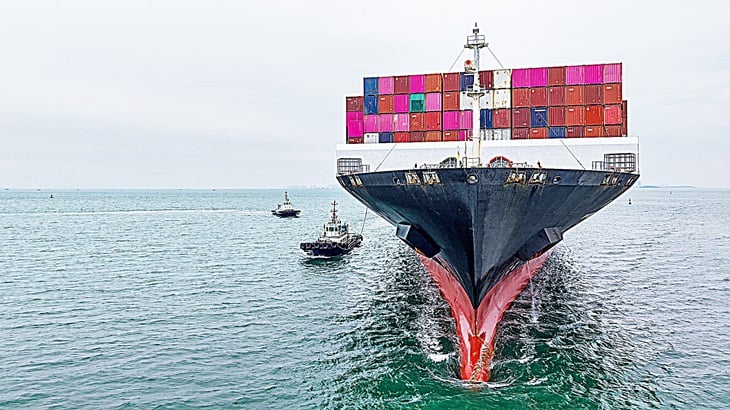
Cargo ship arrives at Qingdao port, Shandong province, China on October 13 - Photo: AFP
With less than a month to go until the deadline for the US and China to reach a trade deal, the fight is intensifying.
After China announced tighter restrictions on exports of key rare earth minerals, US President Donald Trump announced that he would impose a 100% tariff on Beijing's exports. Beijing responded by saying it would "fight to the end", escalating tensions to an alarming level.
Port charges: new weapon
From October 14, the US and China will begin charging shipping companies port fees, turning the movement of goods from toys to crude oil into a new battleground.
Earlier this year, the Trump administration announced plans to charge China-related fees to reduce Beijing's control of the global maritime industry and boost American shipbuilding.
The measure is based on an investigation under former President Joe Biden that accused China of using unfair policies to dominate the maritime, logistics and shipbuilding sectors. In response, China's Ministry of Transport announced that it would impose fees corresponding to and at the same time as the US policy.
Accordingly, imported goods into the US transported by ships owned or operated by China will be subject to a port fee of $50 per ton, increasing by $30 per ton each year for the next three years.
Other parties, including US companies operating ships built in China, will also be charged. China’s retaliatory port fees will also increase annually to a maximum of $157 in 2028.
Analysts fear this could turn shipping from a neutral channel of global trade into a weapon in the war. "This tit-for-tat is dragging both economies into a spiral of maritime tariffs, which risks distorting global freight flows," Reuters quoted analysis by Athens-based Xclusiv Shipbrokers.
Clarksons Research estimates the new port fees could impact 15% of global oil shipments. Jefferies analyst Omar Nokta said 13% of global crude tankers and 11% of global container ships would be affected.
Tug of war between fight and negotiation
China's Ministry of Commerce explained the retaliation over port fees as "necessary defensive actions to protect the legitimate rights and interests of Chinese industries and enterprises, as well as maintain a fair competitive environment in the international shipping and shipbuilding markets."
"If you want to fight, we will fight to the end. If you want to negotiate, our door is still open," AFP quoted the ministry's spokesman as saying.
Signals from China show it is ready to respond to each US measure, which could escalate the trade war to an alarming level.
After the first trade war in 2018, Beijing has minimized its dependence on the US in important areas.
However, both countries do not want tensions to flare up and then cool down in cycles, derailing negotiations. According to the Wall Street Journal , China is trying to salvage the summit between Mr. Trump and Chinese President Xi Jinping, scheduled to take place later this month at the Asia- Pacific Economic Cooperation (APEC) forum in South Korea. Meanwhile, the US wants to prevent the stock market from falling due to negative news.
Over the weekend, the US president softened his tone, saying "we'll be fine with China" and that he had a "good relationship" with Mr. Xi. Speaking about the upcoming summit in South Korea, Mr. Trump said "there's no reason" to meet the Chinese leader. However, he later told reporters that he had not canceled the meeting.
Supply chains are at risk of disruption.
Joe Kramek, president of the World Shipping Council, a shipping nonprofit, said the tit-for-tat retaliation could have a negative impact on exporters, manufacturers and consumers from both the US and China at a time when global trade is already under pressure.
The higher costs will add pressure to the shipping industry, which carries more than 80% of global trade, already struggling with the negative impact of Mr. Trump’s sweeping tariffs. Analysts predict China’s COSCO Container Line, Asia’s largest and the world’s fourth-largest, will face more than $1 billion in costs in the first year.
In the US, retailers, manufacturers and transporters warn that this could disrupt supply chains, increase prices and reduce imports from Asia. "With reduced shipping capacity, shipping costs will increase, meaning you could be faced with empty shelves at Christmas," said John McCown, a research fellow at the Center for Maritime Strategy. It will also have a knock-on effect on port workers, truck drivers, warehouses and more.
Source: https://tuoitre.vn/thuong-chien-my-trung-leo-thang-tren-bien-20251015001252604.htm


![[Photo] Prime Minister Pham Minh Chinh receives President of Cuba's Latin American News Agency](/_next/image?url=https%3A%2F%2Fvphoto.vietnam.vn%2Fthumb%2F1200x675%2Fvietnam%2Fresource%2FIMAGE%2F2025%2F12%2F01%2F1764569497815_dsc-2890-jpg.webp&w=3840&q=75)







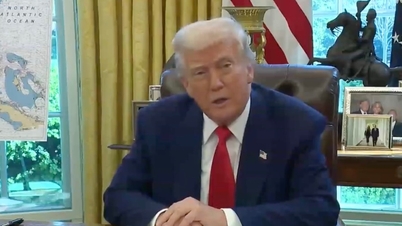

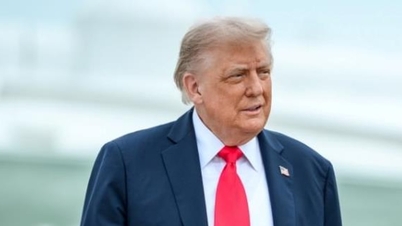
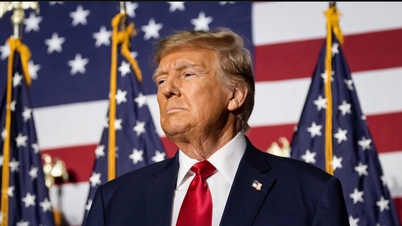



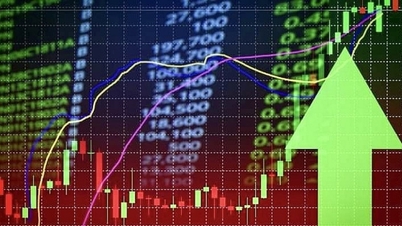





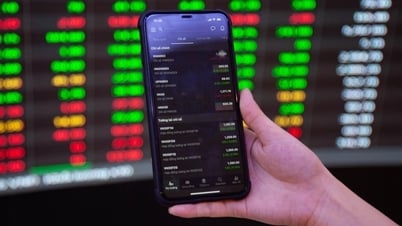
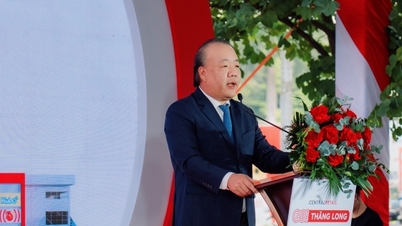

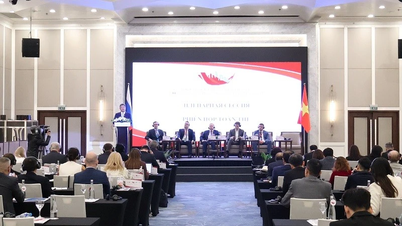





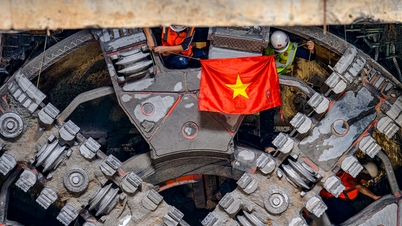















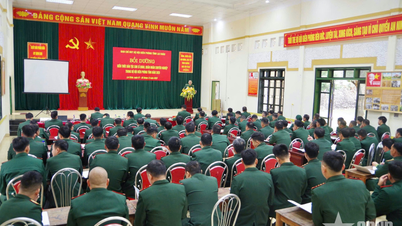










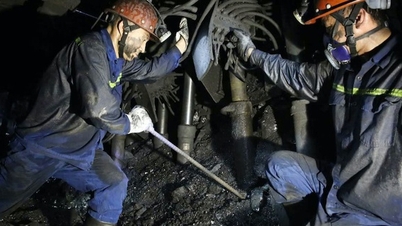















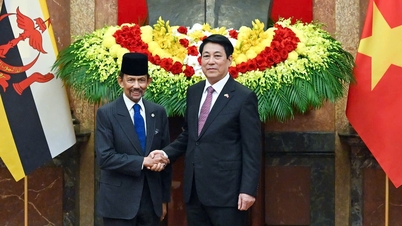












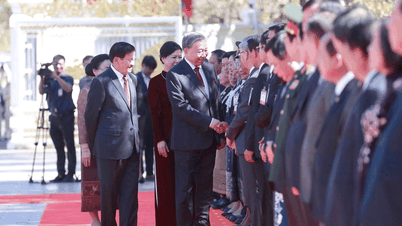
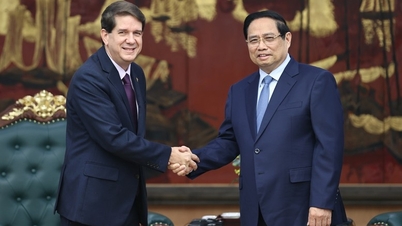






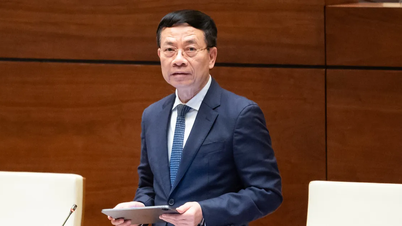


















Comment (0)